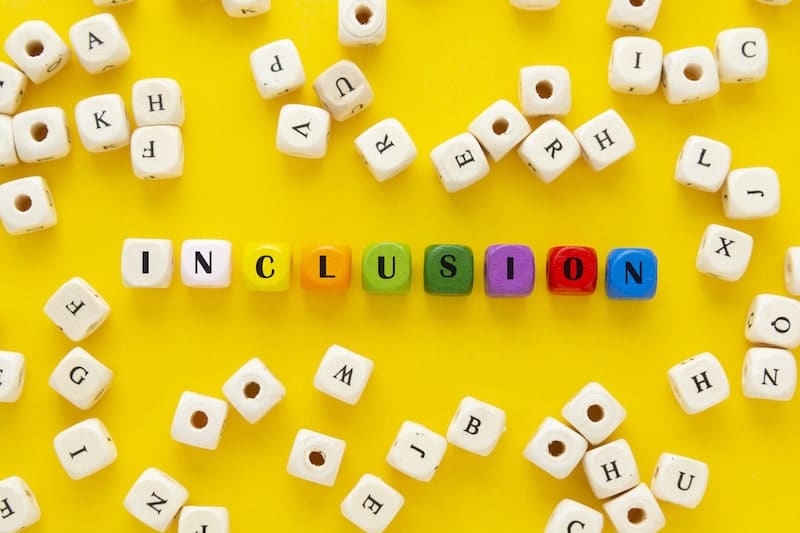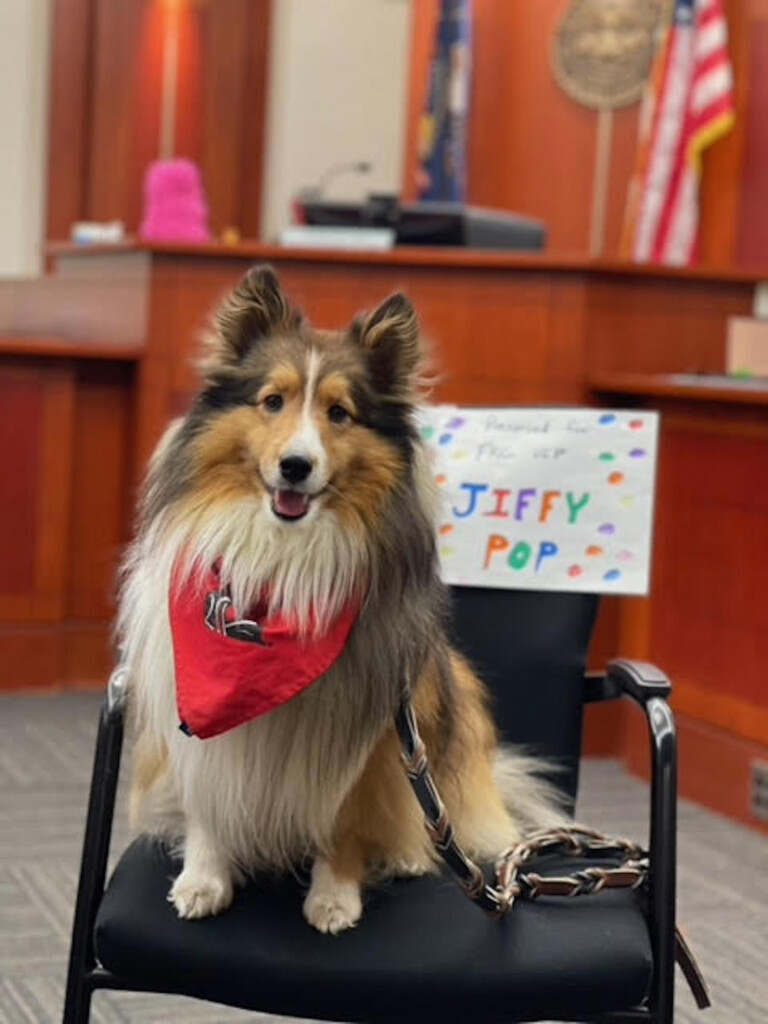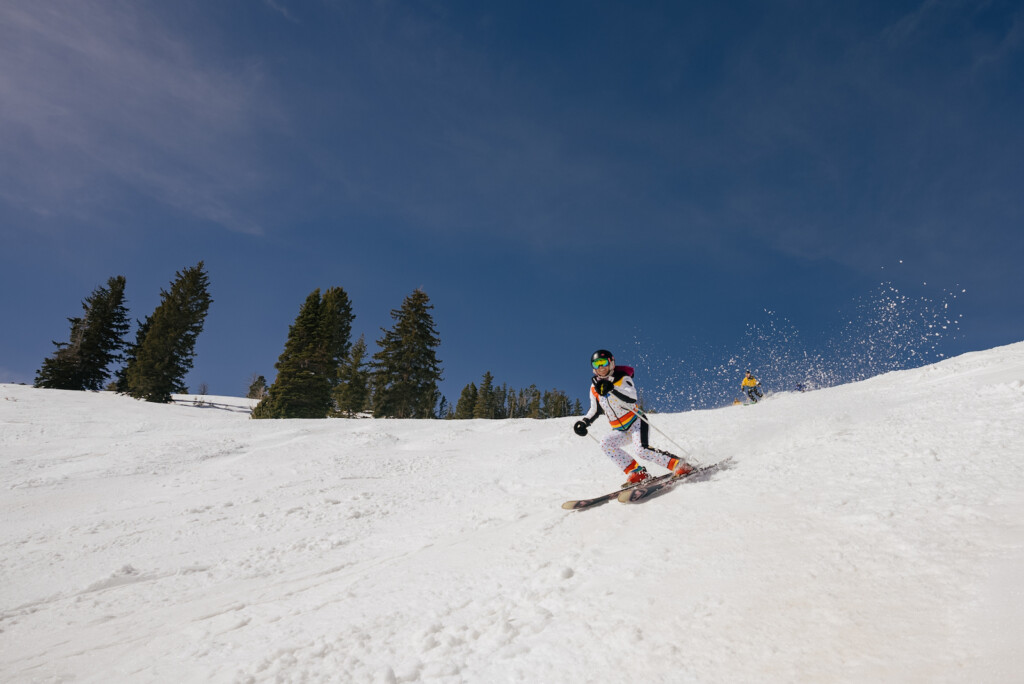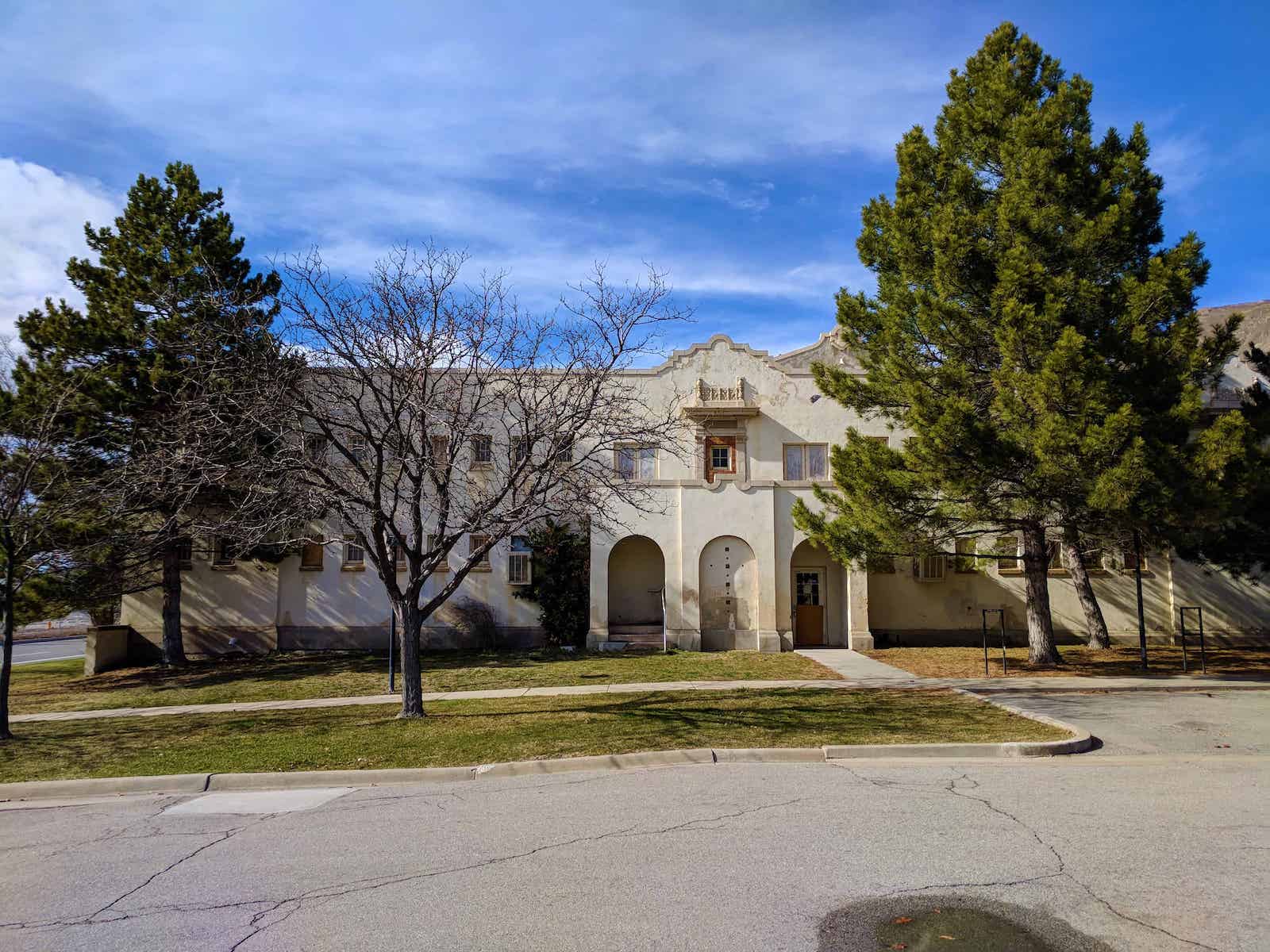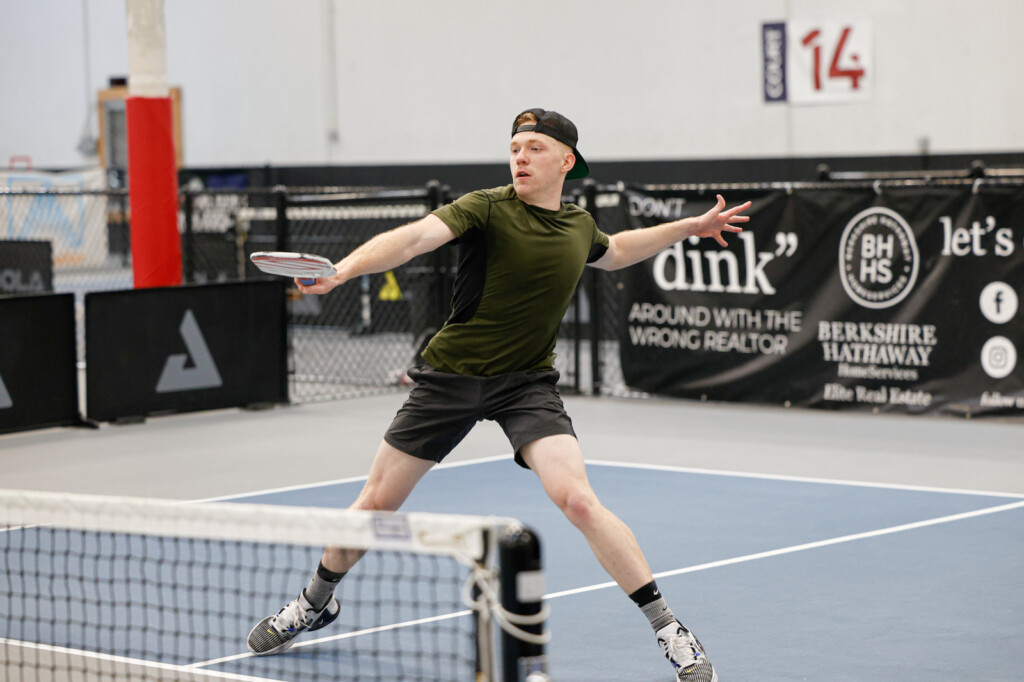“Lowering Utah’s staggering student suicide rate through an inclusive educational environment is not, and should not be considered inherently political.”
That was part of a statement from Utah high school student Em Jenkins speaking at a Utah State Board of Education (USBE) meeting in January of this year. Jenkins was advocating for the use of students’ preferred pronouns in schools, as well as the freedom to display LGBTQ flags and symbols in school.
“LGBTQ symbols in schools have proven to lower suicide rates. I have personally witnessed these symbols connect suicidal and struggling students to adults that can support them,” Jenkins told the board. “Policies that allow LGBTQ inclusion through teacher and staff support lower student suicide rates, and I’m here as living proof of this reality. I’m here to urge the board to take action, as student’s lives are, quite literally, on the line.”
Jenkins’s remarks highlight issues that Utah schools have struggled with in recent years. Utah had the sixth-highest suicide rate of U.S. states in 2019, according to the Public Health Indicator Based Information System, a state health database. In 2020, suicide was the leading cause of death for Utahns ages 10 to 17 and 18-24.
Research also shows that LGBTQ youth are at a higher risk of suicide than heterosexual, cis-gender students. A peer-reviewed study in the American Journal of Community Psychology found that “exposure to minority stress” accounted for this higher risk. The study defines minority stress as LGBTQ-based physical harm, discrimination, housing instability, and change attempts by parents.
Earlier this year, the USBE drafted a set of guidelines that address things like dress codes and bathroom use. The USBE received more than 20,000 comments on the guidelines, according to a February 16 press release, the most it has ever received in a public comment window.
After months of consideration, the USBE decided not to formally issue the guidelines, but rather to leave those decisions up to local education authorities.
Some school districts have created their own explicit policies on transgender and LGBTQ students. The Salt Lake City School District, for example, has a web page which lists resources, rights, and accommodations for LGBTQ students, who are entitled to be referred to by their preferred name and pronouns, use the restrooms and locker rooms assigned to their gender identity, and participate in intramural sports in accordance with their gender identity. Participation in Utah High School Activities Association activities, including competitive sports, is subject to the rules of that organization.
Utah resident Olya Burtman taught third grade in a Utah public school for three years. She’s a cisgender female who identifies as queer. Burtman said she felt welcomed at school, and that students and staff also welcomed gender nonconforming students. Even though the community was very conservative, people were respectful of differences. “It was a place to be who you are,” she said.
However, Burtman is also aware of LGBTQ youth who have felt trapped between their identity and their families’ expectations or their religious community.
“I knew some young adults who were born and raised in LDS families and they were transgender or gay and their family usually doesn’t accept them,” Burtman said. “This is so painful, so hard for a person, for a child or a teen, because they’re still dependent. They want to be themselves but they need their family, they need their support.”
Around the time when the USBE was considering guidelines for gender identity accommodations, the Utah state legislature passed a bill barring transgender girls from participating in competitive high school girls sports. Proponents of the bill say they want to keep competition fair for girls — a right that was granted after years of women and girls fighting for their athletic potential and programs to be valued and supported. Opponents of the bill say it discriminates against transgender girls. Governor Spencer Cox vetoed the bill, but the legislature overrode the veto; later, a court ordered an injunction against the ban, triggering a fall-back policy: an appointed commission will evaluate students on a case-by-case basis, considering attributes such as height and weight, to determine whether a trans girl has an “unfair advantage” in a sport, or whether the student should be allowed to participate.
Jenkins wrote a letter, published in the Salt Lake Tribune in March, to Representative Kera Birkeland, who sponsored the bill. Jenkins expressed disappointment and a sense of betrayal—the two had met during discussions of the bill, and Jenkins had a sense of hope, but felt disillusioned when Birkeland voted in favor of the ban.
Birkeland has said that she supports transgender youth, but that doesn’t mean all students should be able to participate in everything.
“Title IX was created so that women could have a separate category away from the men. Because without Title IX, without the ability to be a single sex, they could not compete, and if they couldn’t compete, then they couldn’t have success,” Birkeland said in a March interview with Public Square magazine. She pointed out that sports and other UHSAA activities are still open to transgender students; it’s only competitive girls sports that are subject to the evaluating commission.
Burtman thinks all kids should have the opportunity to participate in sports, and that there should be less emphasis on competition and winning.
“In American culture people like competition and this idea of success, being better than others,” she said. “I think that’s an old-fashioned concept. We should get rid of it and value participation and improvement and moving forward, rather than winning over other people.”
The sports policy adds another layer of tension to discussions about accommodations for and policies around gender non-conforming students in Utah public schools.
Calls from some parents and advocacy groups to pull certain books from school libraries — including some books by LGBTQ authors or about LGBTQ characters or subjects — have also exacerbated discussions. At the same time, many Utahns carry on with a steady message of freedom and tolerance.
Burtman has two elementary school age children who attend, and love, Utah public schools. She talks to them about LGBTQ identities.
“They know that they are free to express their gender identity and they need to decide for themselves,” she said.

